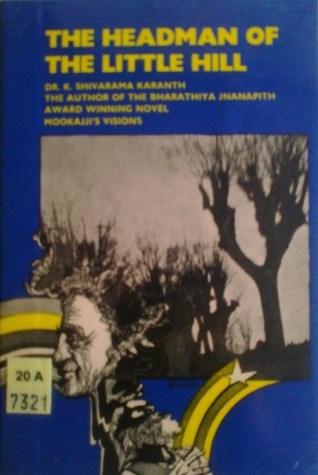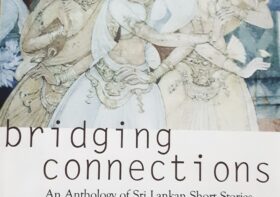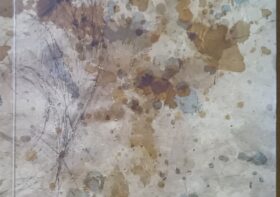K.S.Karanth’s foreword to “The headman of the little hill”

(This is the foreword written by K.Shivarama Karanth, to the English translation of his Kannada novel ‘Kudiyara Kusu’, by H.Y.Sharada Prasad. The aim of publishing this foreword on this website is to introduce the book to online audience, in Karanth’s own words. If anyone has any copyright/permission issue with this, please contact us at editor @ pustakam.net and we will remove the article if necessary – pustakam.net)
**********
I am happy to see the English translation of my Kannada novel, ‘Kudiyara Kusu’, written some thirty years ago, appear in print now. My friend Mr. H.Y.Sharada Prasad translated it as long back as in 1951. I then passed it on to two foreign publishers, but without success. One sent it back saying it had no high-lights!
But the script attracted the attention of Dr Von Furer Haimandorf, the famous anthropologist, then the head of the Department of Asian and African Studies of London University. As this novel is based on the life and problems of a very small tribal group living on the Western Ghats of South Kanara, Dr Haimandorf was very keen on visiting the tribe. A year or two later he did visit the region, with his wife Betty, and I had the privilege of taking them to the mountain tract covered with thick forests.
In 1949 or so, I spent a few days studying the ways of this small tribe. A friend of mine owned an extensive cardamum plantation there. These people called the Kudibis or Kudiyas are an aboriginal people, who had been living there long before wild cardamum plants attracted the attention of people living below the ghats. They went and claimed the mountain tract for themselves.
The Kudiyas lived in small groups. Dr. Haimandorf observed that they have ‘Chenchu’ like features. They were a self-contained group. Though they served in cardamum estates, in actual life they are free and independent. They could catch fish or trap and hunt wild life in ever so many ways. They were accustomed to hewing down and burning trees to clear land for the cultivation of paddy. As for food, they were self supporting. From their landlords, they wanted only cloth and salt.
But now things have changed completely. They live as coolies in cardamum and rubber estates which replaced much of the forest area.
What made me write my novel, were the social problems they faced and the outside interference which they could no longer withstand. There are more men than women in this tribe. But I met one Subba, who inspite of this drawback had three wives. There was no inter-clan marriage in the early days. But rivalry among the owners of estates prevented these people, from seeking spouses from other Kudiya groups so much so that when Dr Haimandorf visited them, they told him that they had forgotten their clan names.
I could easily discover in the facial features of their children that outside influences had already begun to poison their domestic lives.
Dr Haimandorf was able to visit their early rock shelters, and collect wooden implements which they used for cultivation.
A few years later, I even heard that the male folk of one Kudiya tribe had to flee from home, leaving the women folk to the tender mercies of the forest contractors and their unscrupulous servants.
So much for their past history.
I am grateful to IBH Prakasana for bringing out the English version of this work and to Mr Sharada Prasad for the translation.
K.S.Karanth
Saligrama, S.K.
8-5-1979.




Leave a Reply